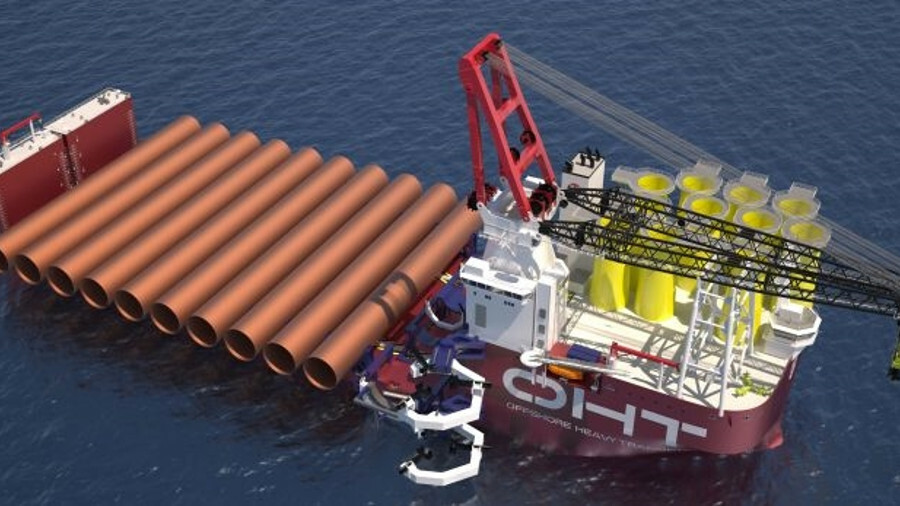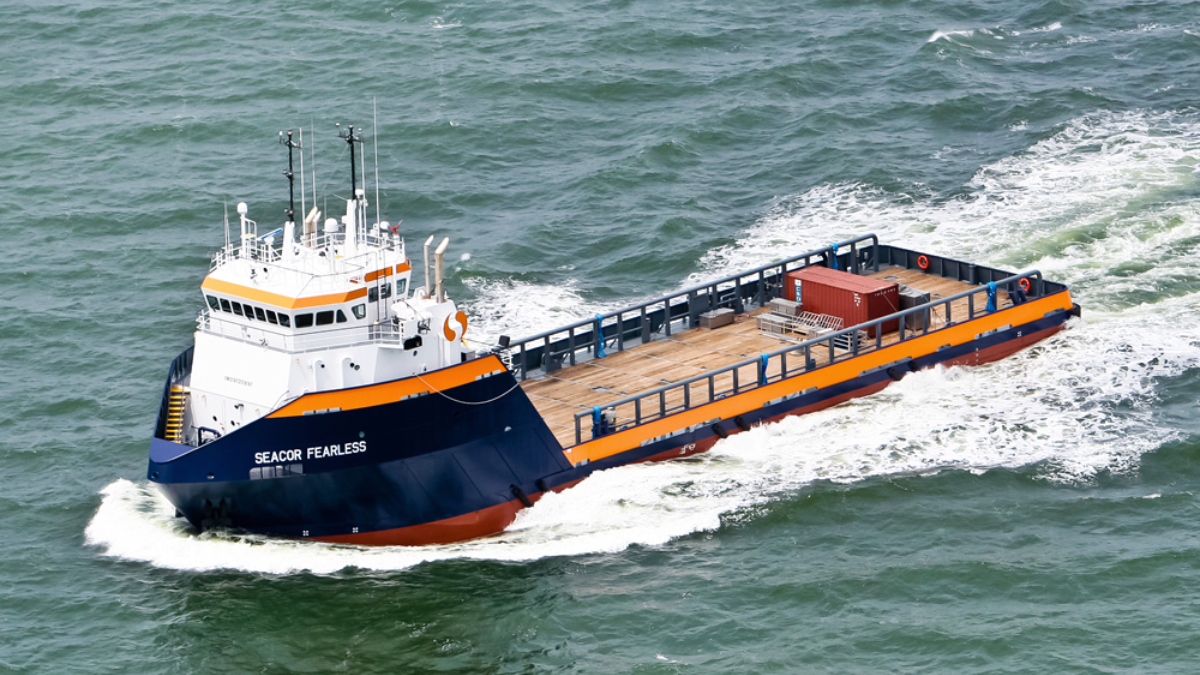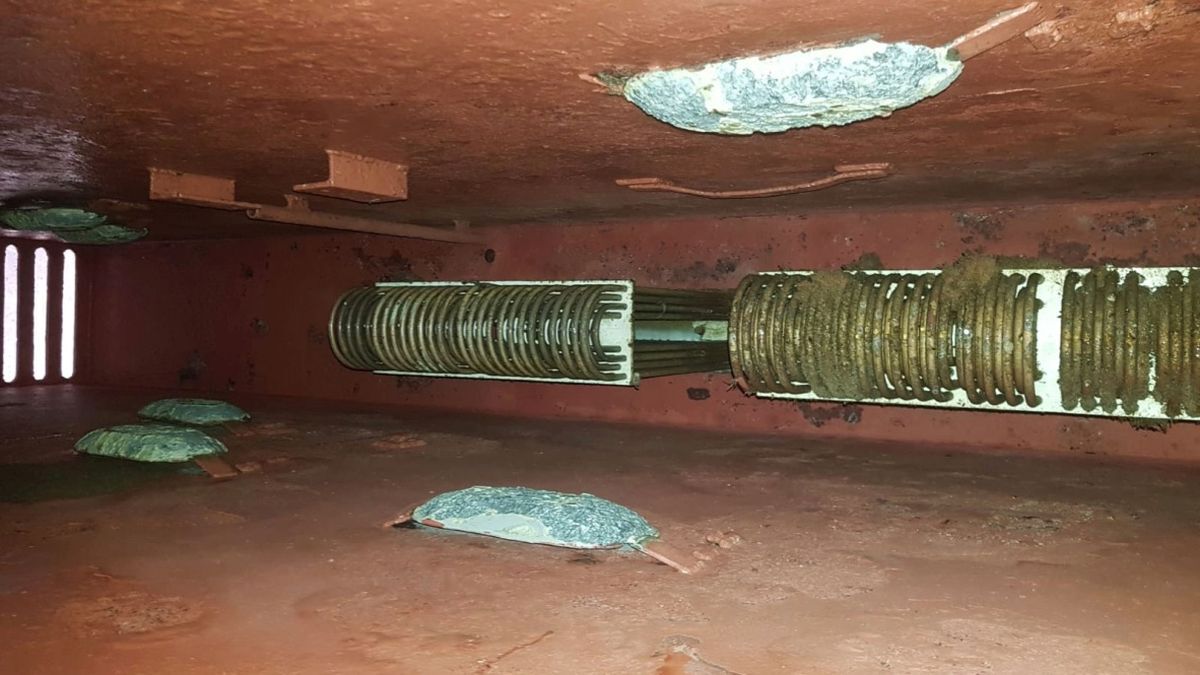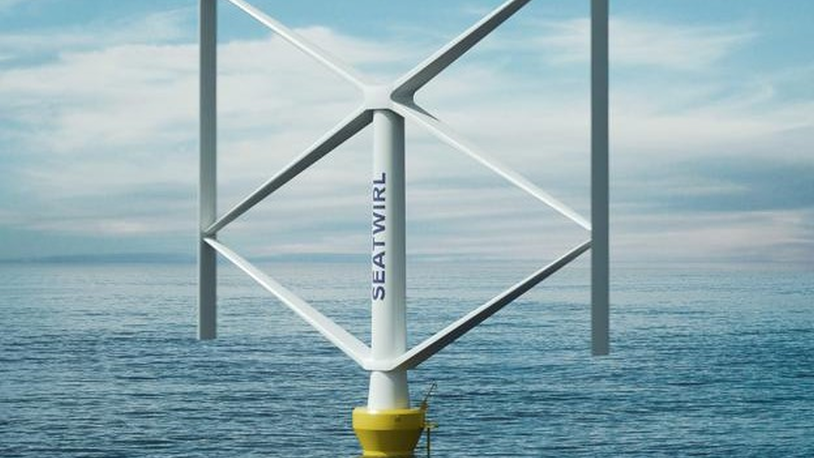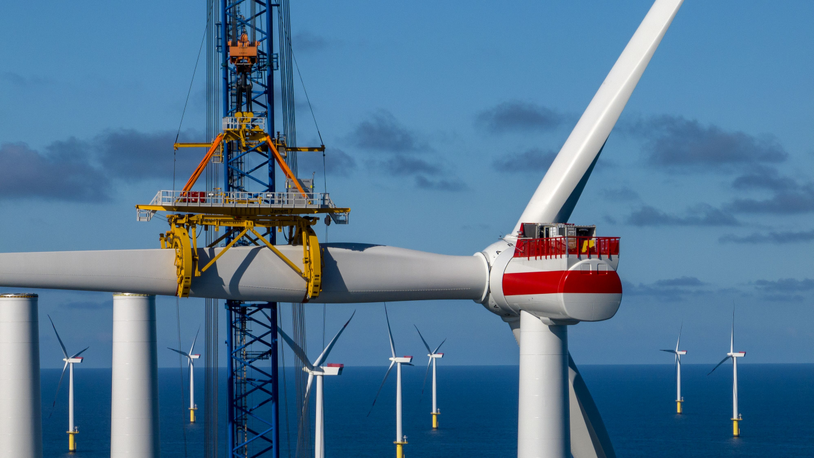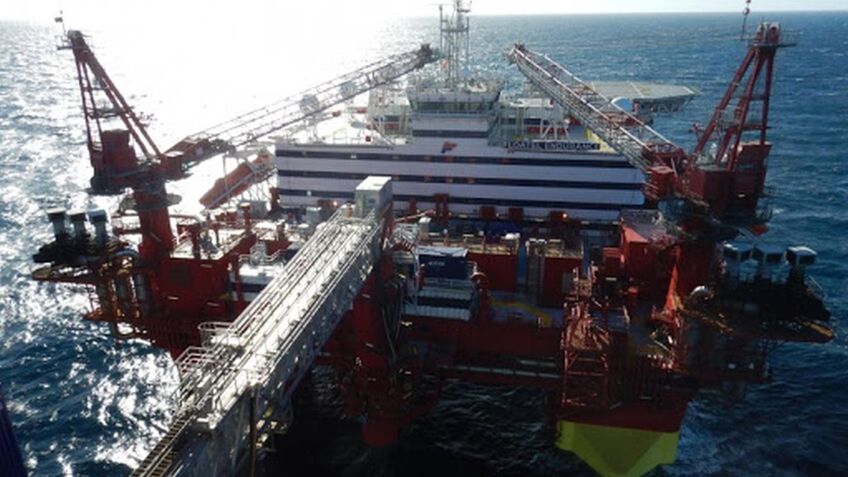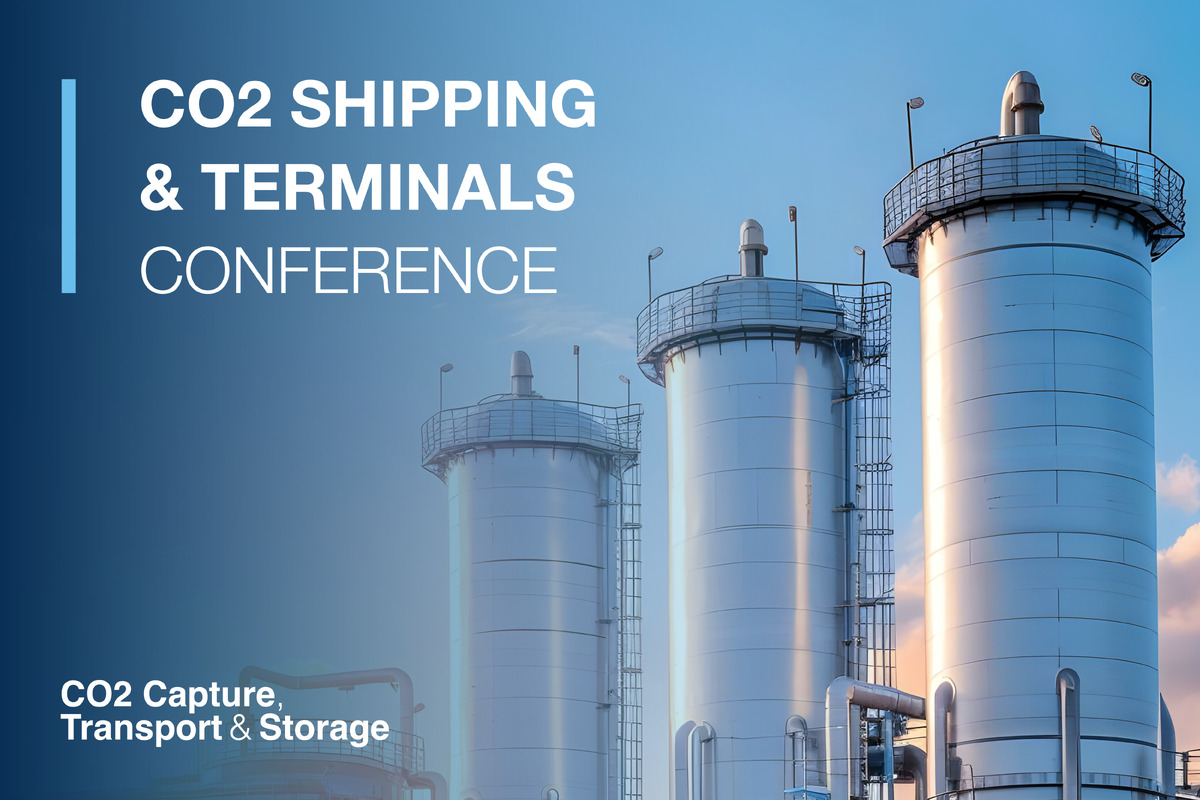Business Sectors
Contents
UPDATED: Heavy-lifter orders new-generation foundation installation vessel
Offshore Heavy Transport has ordered a semi-submersible heavy-lift vessel capable of installing ultra-large jacket and XXL monopile foundations for offshore wind turbines.
The company has placed a contract with China Merchants Heavy Industry (CMHI) in Jiangsu, China to construct a 48,000-dwt semi-submersible installation vessel, a deal that includes options to build up to three additional vessels. Offshore Heavy Transport (OHT) said the first vessel will be ready for operation from early 2021.
The design was developed by OHT in close co-operation with Ulstein Design & Solutions, crane manufacturer Liebherr and class society DNV GL. The vessel will fly the flag of the Norwegian International Ship Register.
The company said the new vessel will enable it to take on full transport and installation work scopes for foundations for offshore windfarms.
OHT chief executive Torgeir Ramstad said “We have one overriding goal with this initiative, which is to bring down the cost of building offshore windfarms.
“Our existing fleet already represents the most efficient way of transporting offshore windfarm foundations over long distances. Combining this with the patent-pending Ulstein Alfa Lift installation vessel design we expect to set a new benchmark in cost per foundation installed.”
The Alfa Lift design includes several innovations including what OHT described as “unprecedented” cargo carrying capacity with a 3,000-tonne capacity crane and the ability to submerge offshore.
Liebherr will deliver the crane, which has been designed to be particularly robust with respect to motions and dynamics, enabling it to lift loads up to its maximum capacity in challenging offshore conditions.
The vessel has a total length of 216.3 m and breadth of 56 m. The usable deck area exceeds 10,000 m2. Up to 10 1,500-tonne ultra-large jacket foundations or 11 2,000-tonne XXL monopiles together with transition pieces and mission equipment can be loaded on to the deck, transported to a windfarm, and installed.
The vessel was also designed with a focus on HSE. The main deck is fully mechanised with skidding tracks, which are used to move foundations during loadout and installation. A trolley picks up each foundation and brings it to within reach of the crane. No crew need be present on the main deck during these operations.
An integrated motion-compensated pile gripper allows installation of monopiles in dynamic positioning mode, making time-consuming mooring operations unnecessary.
The vessel has been specified with the latest engine technology, has fuel-efficient battery hybrid propulsion and an exhaust gas scrubber. The design is also Tier III compliant to protect the environment.
To overcome operational limitations and reduce weather downtime, the Alfa Lift design has the ability to submerge during the installation process.
“All the above-mentioned features combine to make the vessel an important contributor to lowering the cost of energy from offshore windfarms,” said OHT.
Due to the versatile nature of the design, the vessel could also operate in other, secondary markets in heavy transportation, installation and decommissioning.
The beam of the vessel has been set to enable it to carry topside structures weighing more than 30,000 tonnes.
As it can submerge the main deck below the surface, the vessel is particularly well-suited to undertaking lifts of suction bucket jackets, mono buckets and subsea structures where lifting through the splash zone is critical.
Ulstein Design & Solutions managing director Edwin van Leeuwen said, "We started the development of the Alfa Lift idea back in 2015 with the driver to increase the safety of submerged operations and at the same time increase the operability window for subsea installations using a crane."
The vessel has length overall of 216.3 m and length between perpendiculars of 204.3 m, a beam (moulded) of 56.0 m, design draft of 12.6 m and maximum submerged draft of 27.6 m. It will have a deck strength of 30 tonnes/m2, a service speed of 13 knots and installed power of 4 x 6,875 kW. The propulsors will take the form of a trio of 5,500 kW thrusters, complemented by a retractable thruster of 3,000 kW and three tunnel thrusters in the bow, each of 3,000 kW.
OHT's new vessel will have a DP2 dynamic positioning system, accommodation for 100 people, and will be classed by DNV-GL.
Liebherr area sales manager offshore cranes Armin Seidel said “Since 2016 we have been working very closely with OHT targeting an efficient design to meet the project requirements and reduce the cost of installing windfarms. We have now succeeded in doing this and also achieved an optimal balance between weight and performance.”
The HLC 150000 crane that the company will supply is based on a proven design with slewing bearing, A-frame and lattice boom. It is of a robust design able to withstand dynamic conditions and vessel motions.
With the combination of a large safe working load and a lattice boom more than 70 m long, the crane will be installed on the ship’s bridge in order to save space. It will have a foldable A-frame which makes passage under bridges possible. It will be equipped with several tugger winches and a trolley hoist for optimal positioning of the load. Thanks to the ability to operate in split hook mode, the crane can carry 1,500 tonnes on each hook at the same time.
Related to this Story
CMB.Tech 'positive' on IMO's new framework, hails ammonia as 'the way forward'
Events
Reefer container market outlook: Trade disruption, demand shifts & the role of technology
Asia Maritime & Offshore Webinar Week 2025
Marine Lubricants Webinar Week 2025
CO2 Shipping & Terminals Conference 2025
© 2024 Riviera Maritime Media Ltd.


